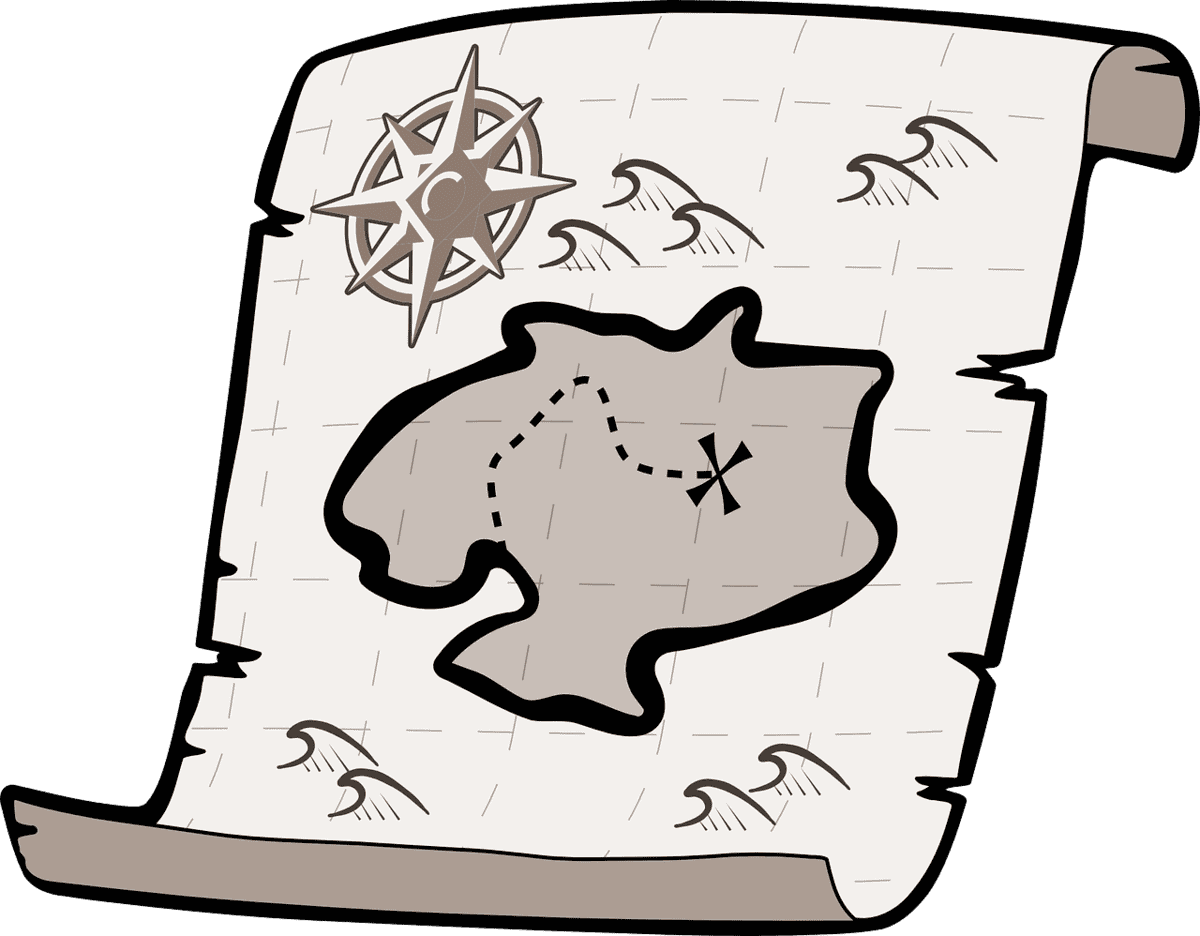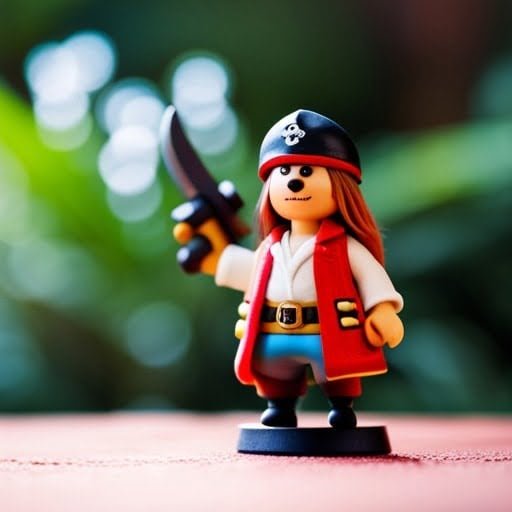Have you ever wondered how pirates managed to fix themselves up after a brawl that left them with a peg leg and a hook hand? Well, buckle up, matey, because we’re about to embark on an uncharted journey exploring the hilariously terrifying world of pirate surgical techniques.

Introduction
Let’s get one thing straight: pirates were not exactly healthcare professionals. They were more like the DIY experts of the high seas, armed with knives, rum, and a questionable sense of hygiene. If you thought modern medicine had its quirks, wait until you hear about how these salty dogs patched themselves up.
Cutting Corners: Amputations
Off with His Leg!
Imagine you’re on a pirate ship, and your leg gets caught in a cannonball explosion. You look down and see your bloody, mangled limb. Here’s where it gets interesting-or horrifying. Pirate “doctors” (basically anyone with a sharp knife and a steady hand) would just cut that baby off. Beats walking with a limp, right?
The tools of the trade? Axes, swords, and if you were lucky, maybe a saw. No anesthesia, unless you count massive amounts of rum. You’d get so drunk, you’d think you were being serenaded by mermaids while they hacked away.
Hooked Hands and Peg Legs
Why waste a perfectly good severed limb when you can accessorize it? Pirates were the original trendsetters with their hooks and peg legs. Screw off-the-rack prosthetics; DIY is always better. They’d literally hammer the hook or peg right into the stump. Who needs a sterile surgical procedure when you have brute force?
Stitch ‘Em Up: Sewing Techniques
Thread and Needle or Just a Needle?
Ever tried sewing up a chicken and thought, “Oh, this isn’t too bad”? Now imagine doing the same thing on a human without any medical training-welcome to pirate surgery!
Pirates would use whatever they had on hand-thread, fishing line, or sometimes just a needle if they were out of thread. Hygiene? Ha! That’s a landlubber’s concern. Sterilizing the needle meant a quick rinse in seawater, if you were lucky. Infection was a matter of course, and the real miracle was surviving long enough for it to set in.
The Cross-Stitch Craze
Pirates loved a good cross-stitch, and I’m not talking about decorative pillows. The logic was that the more intricate the stitching, the less likely your guts would spill out during sword fights. Functional and fabulous! But remember, the stitches weren’t the prettiest; most pirates looked like they’d been in a fight with a wild boar and lost.
Let It Bleed: Bloodletting and Leeching
More Blood, More Better!
Pirates believed that bad blood was the cause of most ailments. Got a cold? Let’s drain some blood. Got scurvy? Better get those leeches. Feel like today’s not your day? Time for some bloodletting!
Ever seen a pirate with leeches dangling from their arms? It’s both amusing and disturbing. And they’d do it anywhere-deck, galley, you name it. Privacy is for suckers.
Leeches Are Your Friends
Leeches were the pirate’s best buddies, clinging on for dear life and sucking out all that “bad blood.” Pirates would dive into murky waters to catch these slimy creatures, slapping them onto their skin with the hope that they’d feel rejuvenated afterward. Plot twist: They usually didn’t. But hey, it made for some great campfire stories.

DIY Dentistry: Tooth Extraction and Beyond
No Pain, No Gain
Ever had a toothache so bad you’d do anything to get rid of it? On a pirate ship, “anything” usually meant tying a string around the tooth, attaching the other end to a cannonball, and firing that sucker. Effective? Sure. Psychologically scarring? Definitely.
Peg Teeth and Gold Grills
Why stop at teeth when you can replace them with pegs or gold? Pirates would fashion new “teeth” from bits of wood, bone, or even stolen treasure. They were the original bling kings and queens of the sea. Nothing brought fear into an enemy’s heart like a pirate with a mouth full of gold!
Humorous Healing Potions: Pirate Medicine Cabinet
Rum: The Cure-All Elixir
Rum wasn’t just for drinking; it was also the pirate’s go-to remedy for everything from hangovers to amputations. Got a fever? Swig some rum. Broken bone? Drink more rum. Considering the alternatives, it might have been the best (and only) option.
Mysterious Mixtures
Pirate medicine wasn’t just about rum. They loved to concoct potions from whatever was lying around. Sewage rat? Toss it in. Mouldy bread? Why not? These mixes were as likely to make you sprout a third arm as they were to cure you, but pirates were nothing if not hopeful.
Modern Day Pirate Surgeons: Our Healthcare Heroes
Comparisons and Contrasts
Now, before you start comparing your HMO to pirate health plans, let’s get one thing straight: Modern-day healthcare, with all its flaws, is paradise compared to the pirate days. But that doesn’t mean you’ll escape a little DIY every now and then-just swap out the hook hand for some duct tape.
Innovations Inspired by Pirates
Believe it or not, some pirate practices have (thankfully) been refined and integrated into modern surgical procedures. Ever heard of rapid amputation techniques during wartime? You’re welcome. And that whole “fight off infection” thing? Pirates were early adopters, albeit in the grossest way possible.
Personal Anecdotes and Pirate Lessons
My Brush with Pirate Medicine
Let me tell you a story about my great-great-great (insert several more “greats” here) uncle who thought it would be fun to sail the seven seas. He ended up with a hook for a hand and a flask of rum glued to the other. Family lore says he once stitched up his own gut after a sword fight, but considering he also claimed to have seen mermaids on a regular basis, let’s take that with a grain of salt.
What We Can Learn from Pirates
Sure, pirates were crude and unrefined, but they were also resourceful and resilient. They made do with what they had, and sometimes that’s the best you can hope for. So the next time you stub your toe or need a quick fix, remember: grit, a sense of humor, and perhaps a bottle of rum might just get you through.
Conclusion
So there you have it-pirate surgical techniques in all their gory, hilarious glory. These men and women were the ultimate do-it-yourselfers, adapting with whatever they had on hand. While we certainly don’t advocate for hooking limbs or leeching blood, we can all learn a lesson about resilience and resourcefulness. And maybe, just maybe, a little bit about the value of modern healthcare.
Yarr, take care of yourselves, landlubbers!







